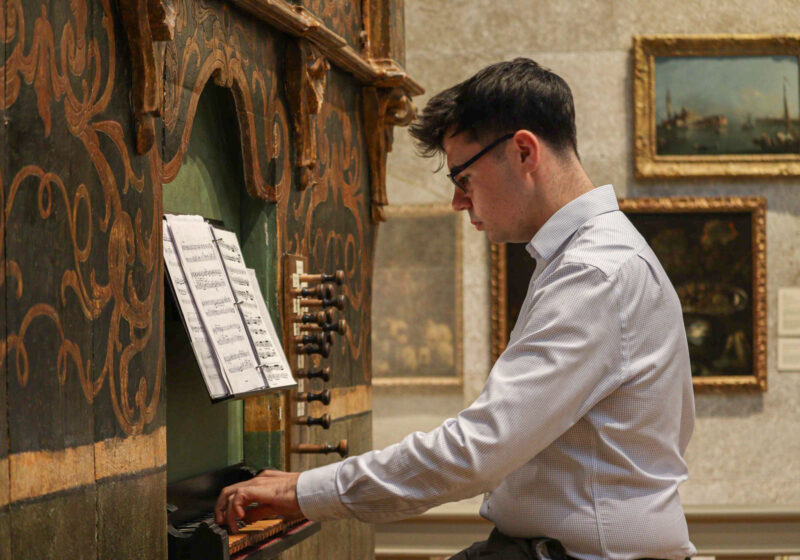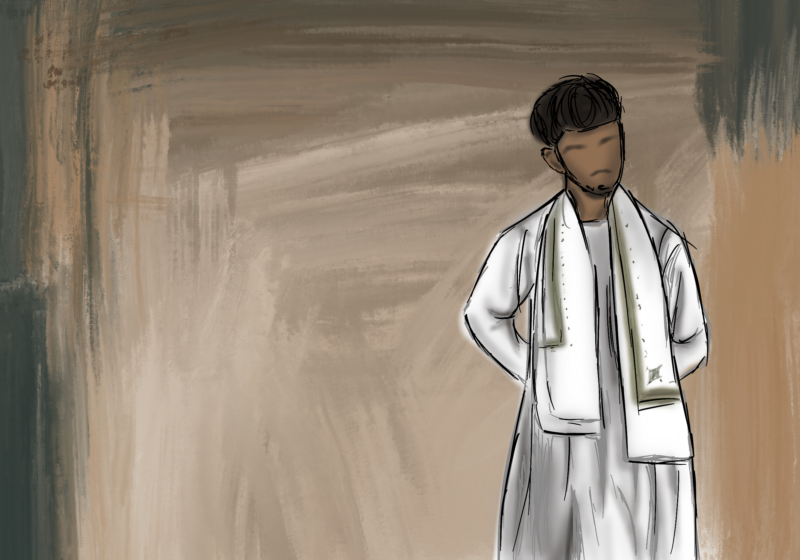One of the most oxymoronic ideals on campus is multi-culturalism.
Multiculturalism in itself is a very good thing. The willingness of everyone to share and delve into each other’s ethnic history makes the whole of humanity better. Through understanding there is less antagonism. However, nothing is as simple in practice as it is in theory.
In practice, much of the “oomph” of multiculturalism has been lost to the effects of the “clique.” Rather than trying to spread each other’s ethnic backgrounds, people have began insulating their ethnicity and sharing it only with their own kind.
Case in point – ethnicity-based clubs such as the Chinese Students’ Association. A quick peek inside will tell you two things – first, they are of the same ethnic background, and second, if you aren’t, don’t bother trying to fit in.
Each of the ethnic clubs have become like support groups more than anything else. This is especially true of groups, such as CSA or the Korean American Students Association, where much of the connection comes from a similar language and ethnicity. These types of “multicultural” groups are difficult to infiltrate purely because any Caucasian American would never have the language skills nor the ethnic heritage to even comprehend much of the conversation or accepted norms. These clubs are effectively segregating themselves.
Sure, every once in a while they step out of their shells and sponsor a school-wide event “celebrating” their culture and heritage, usually through mass propagation of socially accepted stereotypes. But how helpful is that really for others to understand your culture?
Throwing a huge party with Latino music or holding a special Chinese New Year celebration, while providing entertainment, provides very little insight into either of the two cultures. In fact, one can easily argue that these groups actually perpetrate a majority of the stereotypes.
I have no problem with ethnic-based social groups or clubs, but let’s start referring to them as what they really are – groups interested in people who are like themselves and no one else. Those groups are not multicultural but rather very much monocultural.
A multicultural group could only exist if the members of the group came from varied ethnic backgrounds where each meeting was not a propagation of stereotypes but of genuine understanding and learning. Until then, I say, dream on. You can call it whatever you want. You can lie to others, but deep down, you know it’s all a lie.
He can be reached at mhe@campustimes.org.





